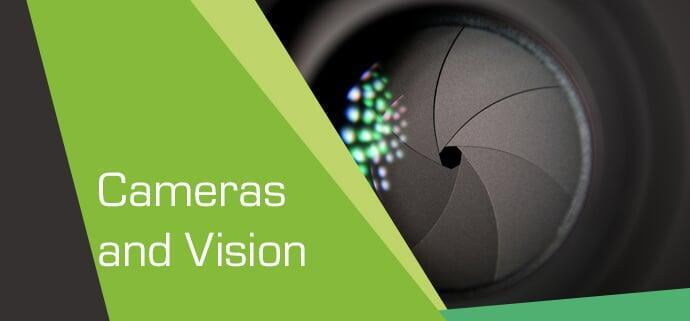
intoPIX TicoRAW is the low complexity & high-efficiency RAW codec made to reduce devices’ power consumption, raw transfer bandwidth, and storage while preserving perfect image quality
intoPIX TicoRAW is the low complexity & high-efficiency RAW codec made to reduce devices’ power consumption, raw transfer bandwidth, and storage while preserving perfect image quality
Mont-Saint-Guibert, Belgium, December 22, 2022 – intoPIX, the leading provider of innovative low-power image processing solutions, is pleased to demonstrate its innovative TicoRAW made to empower specifically cameras, sensors, and mobile devices at CES (Booth #55932) in early January 2023. The technology is fully available as silicon IP cores and as accelerated software libraries.
At the booth, visitors will discover the successful integration of the TicoRAW technology into the new generation of Nikon cameras, including the latest flagship Z9 mirrorless camera. Thanks to this addition, the Z9 camera provides High-Efficiency RAW recording up to 8K 60fps, preserving all the benefits of the RAW format, while ensuring very low battery consumption and very fast RAW image and video transfer speed.
“Image sensors and cameras are everywhere. Resolutions and frame rates keep growing. At intoPIX, we created TicoRAW to simplify the connectivity, reduce the power and battery consumption, and preserve the sensor image quality for both human and AI applications.” explained Gael Rouvroy, CEO of intoPIX.
With TicoRAW, the full quality of the captured sensor data is preserved while reducing the bandwidth and storage needs. Targeting both Still pictures and RAW movies, this patented technology offers high image quality, and the capability to manage very high resolutions, high frame rates, and high dynamic range workflows. TicoRAW is the world’s first RAW codec capable of delivering compression efficiency with such low complexity.
Thanks to an extremely light processing, TicoRAW helps to reduce the bandwidth needed at all stages of image processing: from the sensors to the ISP, to the memory and to the processor. The overall mobile device’s power consumption, costs, and electromagnetic interference are in turn also greatly reduced.













